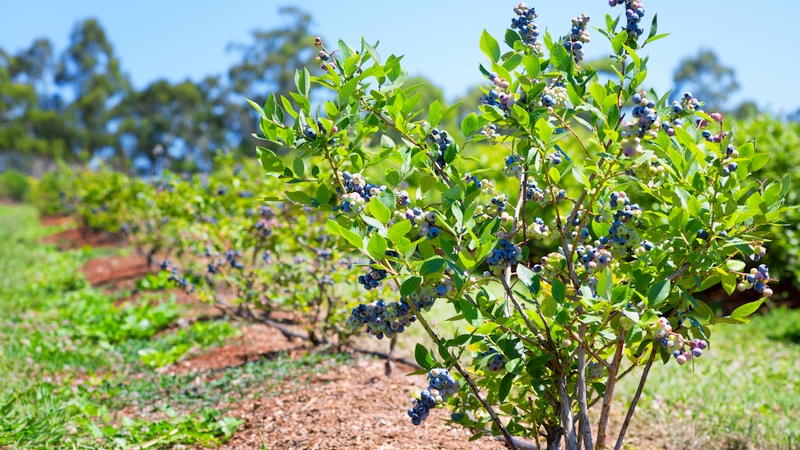Adequate Chill Hours Among Challenges This Season for Peach Growers in Texas
Winter and early spring weather related to chill hours has led to mixed results for Texas peach producers, according to Texas A&M AgriLife Extension Service experts. Parts of the state are reporting good fruit sets despite drought, while other areas are reporting late freeze damage and inadequate chill hours that have cut into potential peach yields.
Jim Kamas, AgriLife Extension fruit specialist, Fredericksburg, says weather conditions like drought and insufficient chill hours worked against fruit tree production in the Hill Country this winter.
Kamas says AgriLife Extension has been tracking chill hours – hours at or below 45°F after the last frost – in the Hill Country for more than 20 years, and by traditional measurements trees should receive around 830 hours of chilling. But the response from trees indicates they received around 530 chill hours.
Tree response to this season’s chill hours in the Hill Country has been abysmal. Trees were slow to leaf out and, while blooms looked normal, Kamas says trees shed them, which is a sign of incomplete bud differentiation. Some fruit is forming, but Kamas says he was uncertain whether they would progress or fall off.
“Things don’t look good,” he says. “I don’t want to say there will be no peaches, but we’re looking at 30% of a typical season at best.”
Proper chill hours trigger good and well-timed leaf and flower bud development. A lack of chill hours can lead to poorly developed buds and flowers that can have a cascading effect leading to stunted or misshaped fruit to no fruit at all.
Leaves help trees produce energy and protect limbs from sun scald, but multiple seasons of inadequate chill hours can kill plants.
Kamas says the puzzling reaction to temperatures by fruit trees this winter is backed by some research that has shown different temperature ranges have variable impacts on the trees. Temperatures 38 °F to 48°F are more efficient than temperatures above or below that range. The research also shows temperatures at or below freezing do not impact a tree’s chill requirements.
“It makes sense because we had below-freezing temperatures for a week during that early winter ice storm,” he adds. “That is about 300 hours that we traditionally count but likely had no effect. Most winters these freeze events balance out over a winter, but that didn’t happen.”
In contrast, Bill Holcombe, AgriLife Extension agent in Clay County, says peach growers there reported plenty of chill hours but also some light late freeze damage, leading to 45% to 80% fruit set survival rates. Higher losses occurred in orchards that received less maintenance from growers.
For more, continue reading at AgrilifeToday.tamu.edu.
How’s the weather been in your neck of the woods lately and how is it affecting your ag production? Leave a reader comment below.









